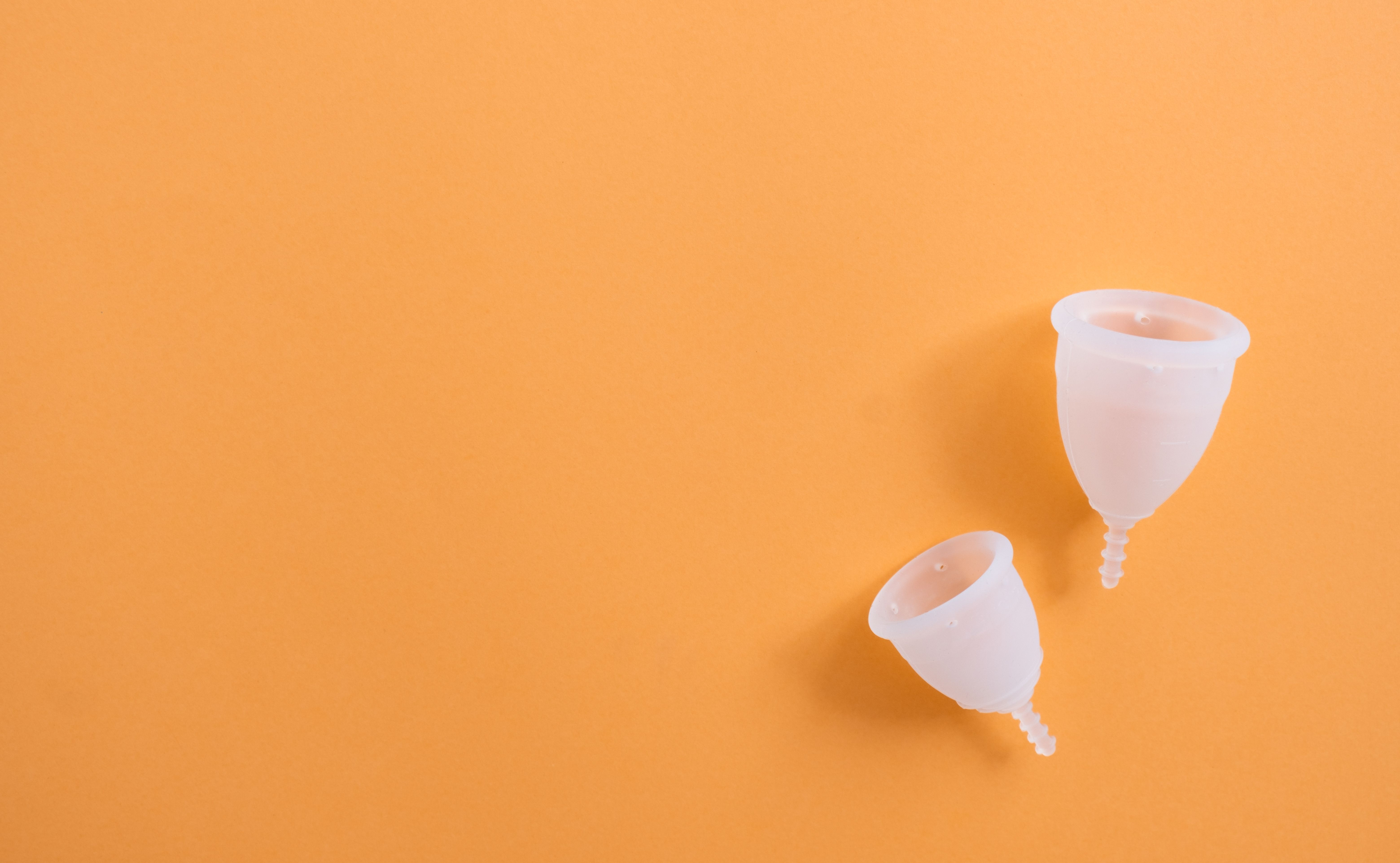Menstrual cups have positive financial and environmental impact
Menstrual cups have been associated with improved financial and environmental impacts, along with being safe and effective for use in patients.

Menstrual cups are safe and effective to use, and clinicians sharing this information could make menstrual hygiene products more accessible to many women while also reducing the annual US burden of 240,000 tons of solid waste from hygiene supplies, according to an article published in JAMA.
“For those who are not familiar with the menstrual cup, which I believe is a large proportion of providers outside of family medicine and [obstetrics and gynecology], I think it will come as a surprise that menstrual cups are so durable and can be worn for up to 12 hours,” one of the authors, Judith Simms-Cendan, MD, said in an interview with Contemporary OB/GYN. Simms-Cendan is a professor, director of the Division of Pediatric Adolescent Gynecology, and vice chair for education in the Department of Obstetrics, Gynecology, and Reproductive Medicine at the University of Miami Miller School of Medicine in Florida.
Despite being available for purchase since the 1930s, menstrual cups are used infrequently. Today, there are approximately 200 brands globally, typically a bell-shaped or V-shaped device commonly made of silicone.
The cup, which can collect between 10 mL and 38 mL of blood, holds more menstrual fluid than tampons or sanitary pads. Any discomfort is usually related to malposition, which often resolves with increased experience of use.
The upfront cost of most menstrual cups is approximately $10 to $40 per device, which is more expensive than disposable hygiene supplies. But the cup becomes cost-effective within 6 months of use.
In addition, menstrual cups can be used for years. The average shelf life is generally 2 to 4 years, depending on frequency of use, cleaning, and storage. Most cups will sustain some discoloration after use, but this does not compromise function.
“Providers can counsel patients on their safe and effective use,” Simms-Cendan said. “Providers can also understand menstrual cup volume and recognize when patients are bleeding too much, based on how often they empty and replace the menstrual cup.”
Understanding the menstrual cup design and function can help providers care for patients who present with difficulty removing the cup. “I hope the review helps clinicians provide guidance to an environmentally friendly, cost-effective, and easy tool to help women manage their menses,” said Simms-Cendan, who is an advocate for improving menstrual hygiene access and decreasing the environmental burden of hygiene products globally. “The menstrual cup would be of significant benefit to all reproductive-aged women, but especially individuals from resource-poor communities where purchase of hygiene supplies is a significant logistic and financial burden.”
Simms-Cendan noted that there is a learning curve for insertion and removal. “Some of the newer models, though, are even easier to use, and there is now a wide variety of shapes and sizes,” she said. “The risk of toxic shock or significant complications also appears to be very low, similar to tampon use.”
Menstrual cups do not influence vaginal flora. In fact, some data indicate a decreased rate of urogenital infections, including bacterial vaginosis, compared with sanitary pads or tampons.
Reducing the burden of solid waste from hygiene supplies “would be a huge positive outcome of more widespread cup use,” Simms-Cendan said. “Furthermore, for clinician scientists, there is significant potential for future use of the menstrual cup in research.”
Collecting menstrual blood from menstrual cups might also permit screening for disorders such as endometrial cancers and endometriosis, she noted.
Reference
Mouhanna JN, Simms-Cendan J, Pastor-Carvajal S. The menstrual cup: menstrual hygiene with less environmental impact. JAMA. 2023;329(13)1114-1115. doi:10.1001/jama.2023.1172
Study reveals PCOS’ significant impact on workplace productivity
April 4th 2024A recent study by Allara Health revealed statistics linking polycystic ovary syndrome to significant workplace productivity decline, underscoring the need for comprehensive care and heightened awareness among employers and providers.
Read More
Gender disparity in physical activity and mortality risk
February 20th 2024A recent study revealed that physical activity confers greater reductions in all-cause and cardiovascular mortality risk among women compared to men, emphasizing the importance of closing the gender gap in exercise participation.
Read More
Sleep deprivation and insulin resistance: A crucial link for women's health
November 20th 2023A recent study published in Diabetes Care reveals a concerning association between chronic insufficient sleep and increased insulin levels in women, with postmenopausal women facing a heightened risk.
Read More
